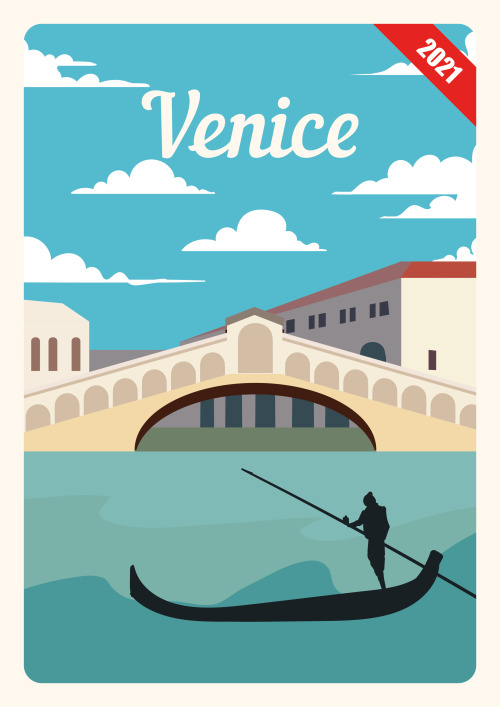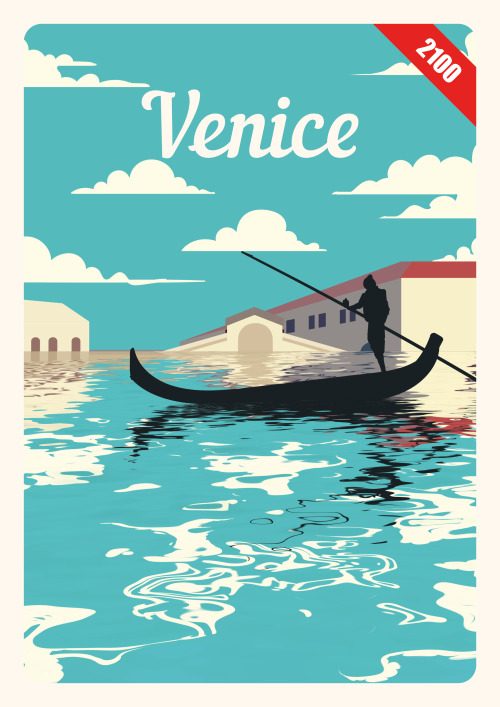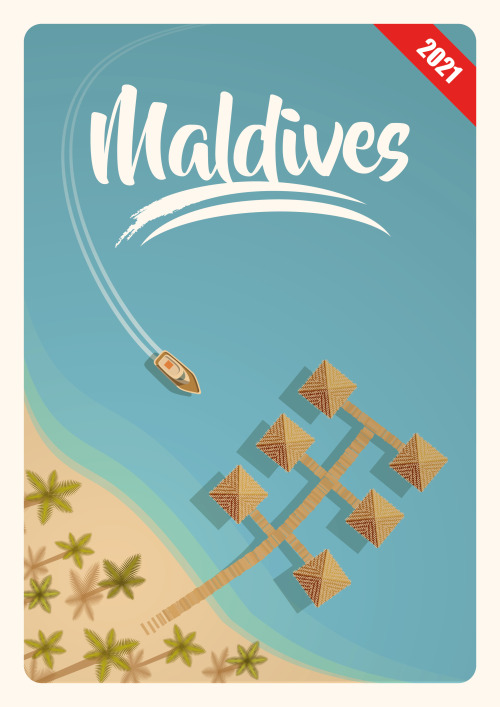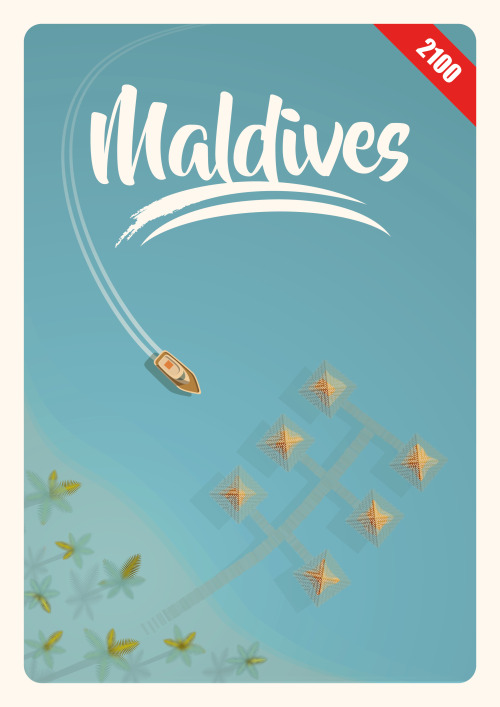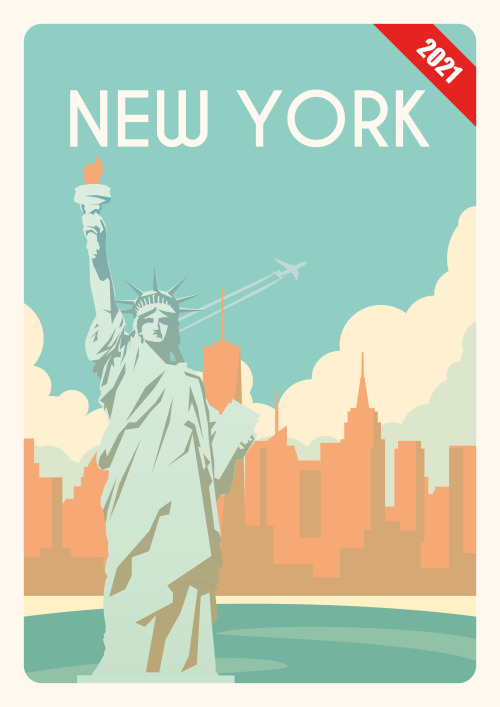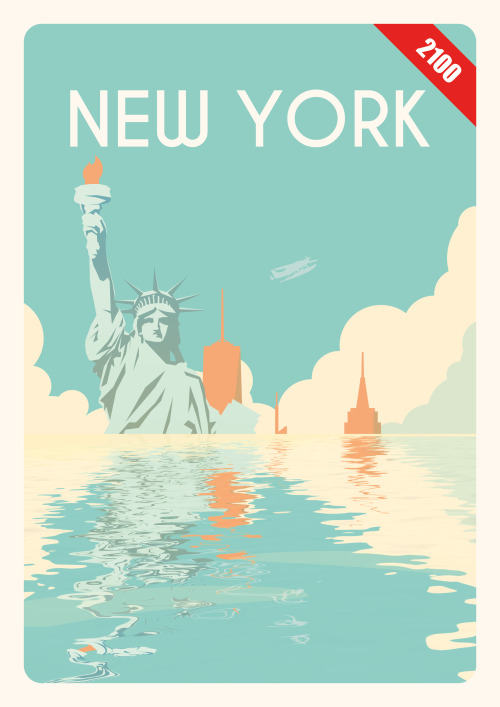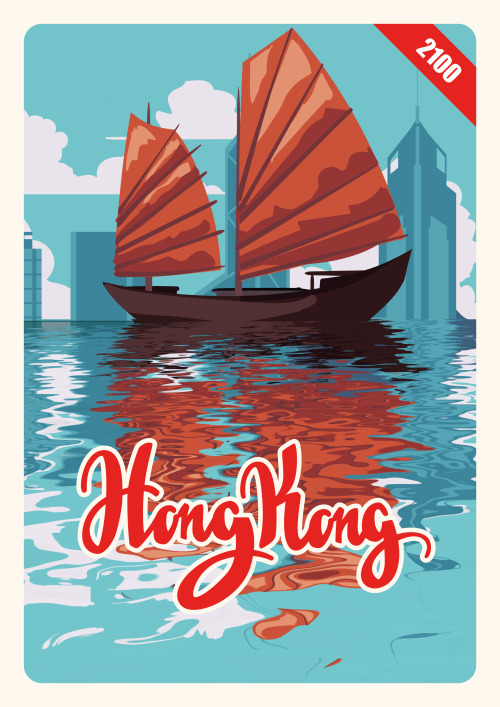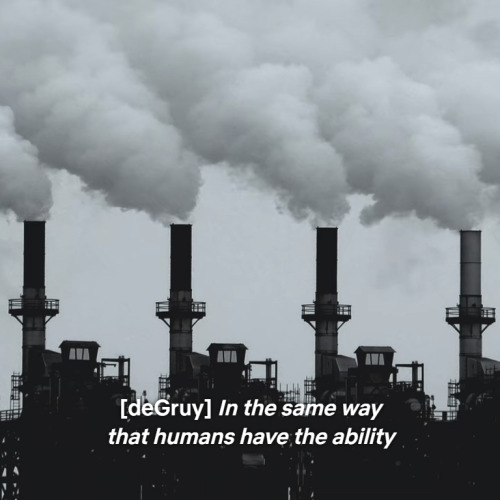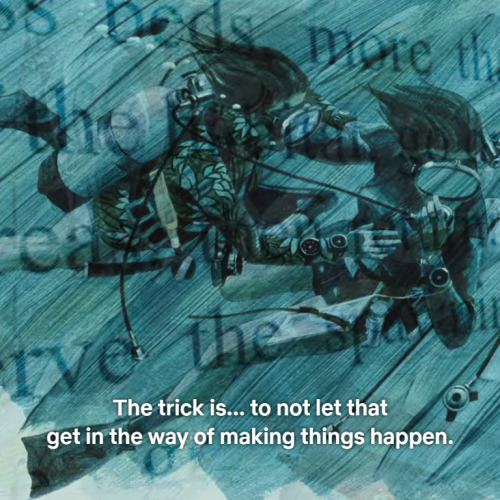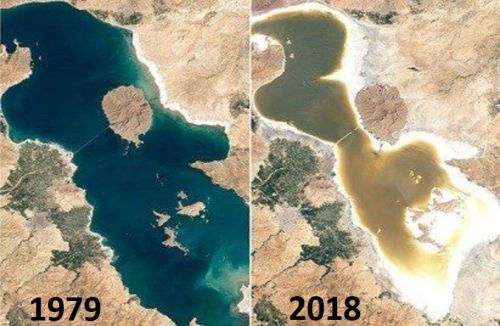#no planet b
Climate Change: The tourist destinations that could disappear | ecogreenlove
→ http://ecogreenlove.com/?p=13967
Sea level rise will affect the entire global population in one way or another. Whether it’s the livelihoods of communities in low-lying floodplains, the food procurement process, or global transport networks, sea-level rise will continue to threaten millions of people worldwide.
Specifically, the world of tourism is at risk of rising sea levels. Scientists, experts, and government officials have outlined the extreme risk of flooding in some of these places and that even some of these destinations could simply disappear. The increased threat of sea-level rise also will severely impact the communities that facilitate tourism in these holidaying hotspots.
Here are some visuals showing how some of the world’s most popular holiday destinations could look by 2100, if sea levels continue to rise dramatically.
-
by @moneycouk
#tourism #sealevel #sealevelrise
#flood #flooding #touristdestination #hotspot #holiday #holidaydestination #environment #venice #maldives #newyork #hongkong #science #climatecrisis #climateaction #2100 #sustainability #stoppollution #noplanetb #saveourplanet #saveourworld #protecttheearth #globalwarming #urbanization #flashlfoods
Post link
[deGruy] We’ve got to really rewire the way human beings look at our relationship to nature. In the same way that humans have the ability to conciously shift the balance of the Earth, which we’ve done, we also have the capacity and capability of stopping it. We can shift it. We have to. What we have on Earth is all we’ll ever have.
[Safina] The sad fact of it is that the ocean could be empty and it would still look the same. It’s a very hard thing to convey what’s happening, how it will affect you personally. And so as the ocean is being emptied and as the ocean is dying, the surface looks the same, the waves look the same.
[Earle] If I could be born anywhere in time, it would be now. It would be now because this is the time, as never before, that we know. We understand what we didn’t know 50 years ago. If we wait another 50 years.. opportunities we now have will be gone. This is the moment. Our decisions, our actions will shape everything that follows.
“I felt the pain from time to time. Wanting to do things that were tough to do for me as a woman.. because I was a woman, and not because I was a scientist. You can think of a thousand excuses why you can’t do something. The trick is to not let that get in the way of making things happen.”
Mission Blue / sylvia earle
Post link
Lake Urmia, Iran,
The ferries that once shuttled tourists to and from the little islets in Iran’s Lake Urmia sit rusty, unable to move, on what is rapidly becoming a salt plain.
Just two decades ago, Urmia was the Middle East’s biggest lake, its local economy a thriving tourist center of hotels and restaurants.
Lake Urmia’s demise has been fast. It has more than halved in size – from 5,400 square kilometers (2,085 square miles) in the 1990s to just 2,500 square kilometers (965 square miles) today – according to the Department of Environmental Protection of West Azerbaijan, one of the Iranian provinces where the lake is located.
There are now concerns it will disappear entirely. Such problems are familiar in many parts of the Middle East – where water is simply running out.
The region has witnessed persistent drought and temperatures so high that they are barely fit for human life. Add climate change to water mismanagement and overuse, and projections for the future of water here are grim. Some Middle Eastern countries, including Iran, Iraq and Jordan, are pumping huge amounts of water from the ground for irrigation as they seek to improve their food self-sufficiency.
By Frederik Pleitgen, Claudia Otto, Angela Dewan and Mohammed Tawfeeq, CNN
Post link
The youth are our future, and Teen Vogue is helping to lead the charge—through education, coverage, and amplification of marginalized voices. In No Planet B, edited by Lucy Diavolo and published by Haymarket Books, a community of climate activists speak up in a way that is accessible, educational, and inspirational.
No Planet B taught me quite a bit I didn’t know. I was most impressed by its coverage of the plastics crisis. For example, the need to shift to a ‘reuse’ approach and not depend on recycling to save us. Corporations are using recycling as a distraction while ramping up the fossil fuel and fracking–heavy production of plastics. I learned from these pieces that the US sends much of its recycled and disposable waste abroad—for a long time, to China, but now to Southeast Asia. While many Western “green” programs and corporations lean on the top five countries responsible for marine plastics to fix up their act and stop “mismanaging” their natural resources, these same countries—China, Indonesia, the Philippines, Vietnam, and Sri Lanka—are where Western countries are sending their trash.
The essays cover the young climate activists fighting for change at high levels and in their communities—whether they’re sleeping outside McConnell’s office in protest, advocating for the Green New Deal, or standing with Greta Thunberg in global climate strikes. The essays also cover intersectional climate justice, discussing and highlighting how climate change disproportionately impacts people of color, Indigenous groups, people living in poverty, and young women around the world. They amplify those voices and stress that climate justice is not only an environmental but a social and political issue.
All around, this collection is easy to read but full of crucial, important truths. It highlights how our youth are making a difference, and how we should learn from their actions, invest in their movements, and join the fight.
Post link

There is no Planet B

Save the earth :)
from staywildswim.com


